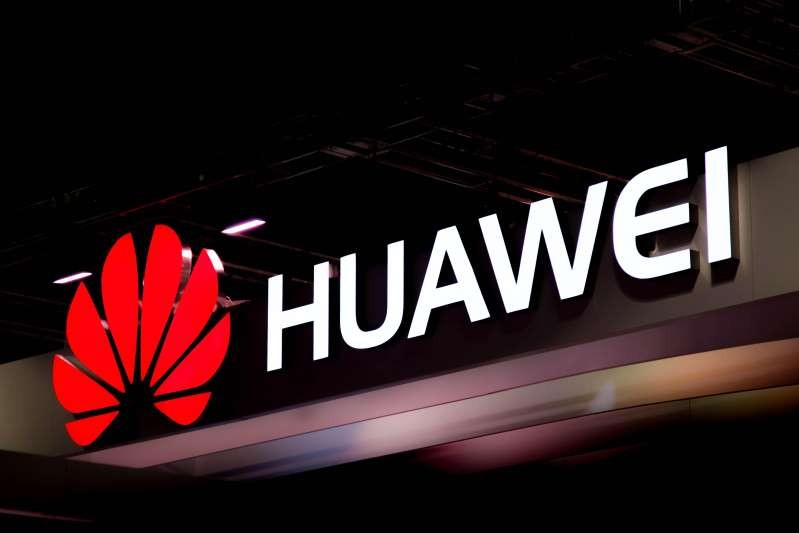The U.S. President Donal Trump met with Chinese president Xi Jinping during the G20 summit and has agreed that the United States will not implement new tariffs on $300 billion of Chinese imports “at least for the time being.”
Further, he also confirmed that US companies can continue selling to Huawei, the Chinese tech giant, as long as the sales did not involve equipment that threatens US national security. This decision effectively ends the current ban from the US on Huawei.

However, Trump said that the decision to take Huawei off the Commerce Department’s “entities list” would be left to later, adding he will have a meeting on Tuesday on the subject. He also hinted that fully lifting the Huawei ban would be dependent on a deal that these two countries reach.
For the U.S., the primary concern with Huawei relates to networking technology, especially 5G, and for the Chinese company’s equipment to carry secure U.S. data in overseas countries. But after the U.S. Commerce Department added Huawei and its affiliates to an entity list, the more immediate hit was on the consumer side of its business.
The detail of what Trump’s concession means in practice is not yet clear, but it seems that Google and Facebook, as well as component makers, can continue doing business with Huawei. There has been material lobbying by U.S. companies behind the scenes given the commercial impact the loss of billions of dollars would have on the companies as well as the U.S.
There’s also a fear among US-based companies that if the blacklist is not relaxed, the Chinese company will be forced to rebuild its supply chain, cutting out U.S. suppliers permanently. And that’s likely a one-way street that would harm the U.S. dominance in the mobile ecosystem.
Also Read: Huawei’s own mobile operating system Hongmeng OS or Oak OS is expected to get released in October
Last month, Trump passed an executive order banning Huawei from doing business with US-based companies, citing national security. Soon after that, most of the US-based companies, including Google, Facebook, Micron, Qualcomm, Intel, as well as ARM which uses some of the technology developed in the US, halted their business dealings with Huawei.
This essentially killed Huawei’s ambition to become the world’s leading smartphone brand by the end of 2020, dethroning Samsung which has been the dominating since the past many quarters. However, many believe that Huawei, the Chinese giant, has been weaponized by the United States government against their trade war with China. Click here to check the timeline of US-China trade war.

![How to customize call vibration pattern on OnePlus 7 Pro [Guide] 2 OnePlus 7 Pro Review](https://www.mobigyaan.com/wp-content/uploads/2019/05/OnePlus-7-Pro-Review-16.jpg)